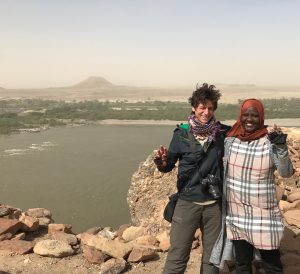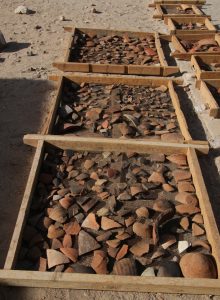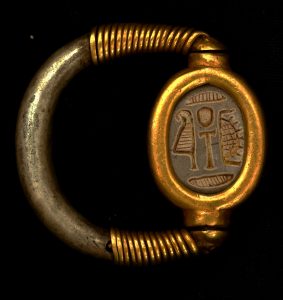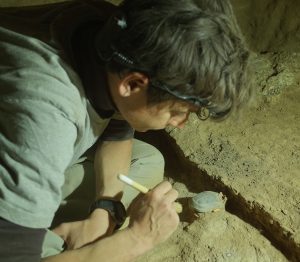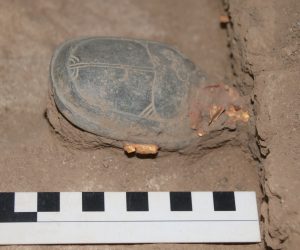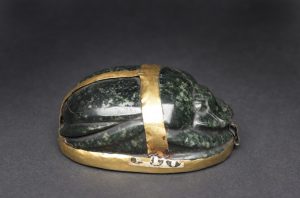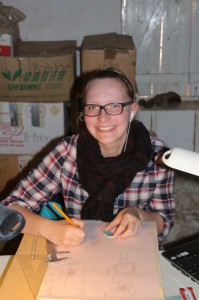One month ago, we presented the open-access, free version of a Short Archaeological Wordlist in English, Sudani Arabic and Nobiin which was compiled by the expert of Nilo-Saharan languages, Helmut Satzinger. This wordlist is one of the by-products of the archaeological fieldwork of the AcrossBorders project on Sai Island.
Today, I am delighted to announce that the Arabic translation of this wordlist is now also online!
Many thanks go here to two very dear friends and colleagues who have worked with me at fieldwork projects in both Sudan and Egypt. Huda Magzoub kindly translated my preface and Helmut’s introduction.
Hassan Ramadan was responsible for the final checks – together with Veronica Hinterhuber who deserves loads of thanks for preparing this new layouted version of the wordlist.
Since we hope that this short collection of useful terms in Nubiin will help to deepen one’s understanding of Mahas Nubia, I am quite convinced that the new Arabic version will be well received. Thanks again to everyone involved – alf shukur and órosee!

